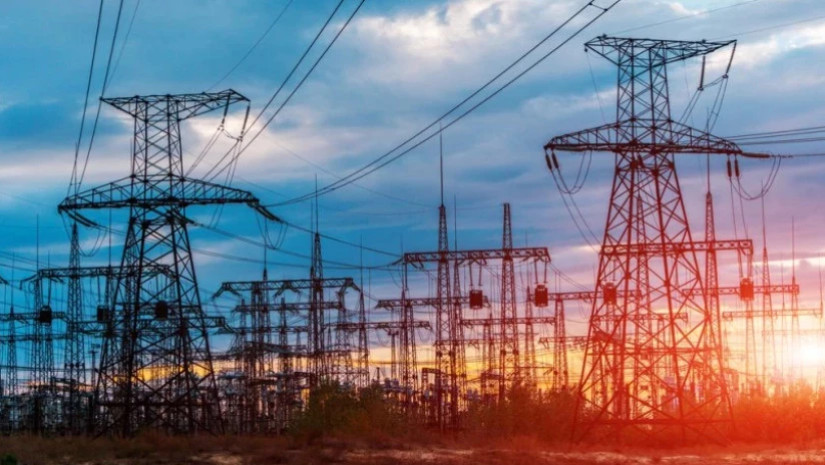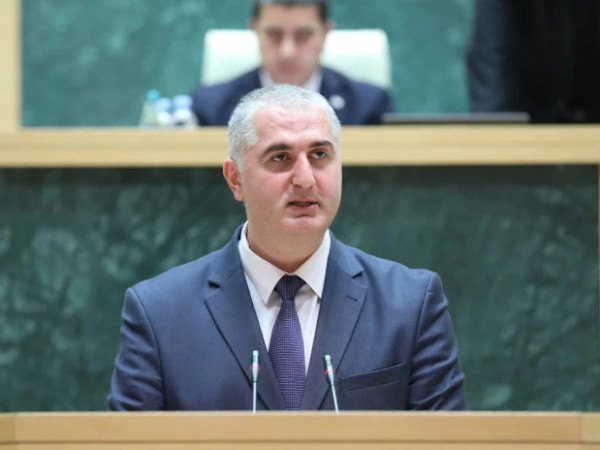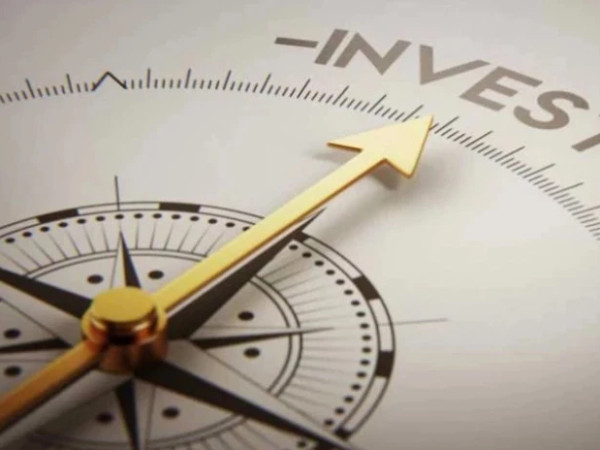In the first half of 2024, electricity generation in Georgia reached 7.33 TWh, marking a 3.9% annual growth. Hydropower generated 82.6% of electricity (compared to 75.6% in the first half of 2023), while thermal generation accounted for a 16.9% share (down from 23.8%). Wind power remains reliant on the sole Kartli power plant, which has a 0.5% share- TBC Capital report reads.
In the same period, electricity consumption amounted to 6.75 TWh, increasing by 2.7% annually. The retail sector accounted for 57% of the consumption, large consumers took up a 23% share, and Abkhazian A/R accounted for a 20% share.
The retail sector shows a strong growth pattern. Telasi and Telmico, the electricity distribution and supplier in Tbilisi, posted a 6.0% annual growth in the first half of 2024, while Energo-Pro Georgia and EPG Supply, covering the regions of Georgia, increased consumption by 4.2% annually.
Large consumers increased consumption by 5.0% annually, with room for further growth. Metallurgical factories partially recovered operations, and several industrial-scale cryptocurrency mining company resumed operations.
Abkhazian demand for electricity has been experiencing a downward trend since peak consumption in 2022. The alleged reason for the demand contraction is the suspension of illegal cryptocurrency mining activities. As a result, in the first half of 2024, an annual decrease of 5.6% was recorded.
Exported electricity totaled 757 GWh in the first half of 2024, showing a marginal growth annually. Turkey remained the main trade destination with an 84% share. Armenia accounted for a 12% share, while Azerbaijan received the remaining 4%.
Regarding export revenues, Georgia collected USD 36.3 million in the first half of 2024, nearly 32% less compared to the first half of 2023. Stabilized prices in the Turkish market are the reason for the lower revenues.
Georgia imported only 457 GWh of electricity in the first six months of 2024, with 91% going to Abkhazian A/R. Only 39 GWh was imported from Azerbaijan. Georgia paid its neighbors USD 3.1 mln. for the electricity imports.
In the first half of 2024, only two hydropower plants entered the operational phase, with a total installed capacity of 46.4 MW and estimated annual generation of 209.4 GWh. On the other hand, the net-metering program continued to grow, and by the end of the first half of 2024, 82.02 MW of micro power plants were operating, demonstrating an impressive annual growth rate of nearly 75%.
GNERC has kept the tariffs unchanged for the universal service supplier, public service supplier, and supplier of last resort, covering nearly 60% of Georgia’s electricity consumption. These tariffs will remain effective until January 1st, 2025. For a detailed breakdown of the tariffs, see our previous publication.
Georgian Energy Exchange has started operations; however, trade is optional for participants. To incentivize market participation, GNERC has set service fees for market accession and fees on traded volume to 0 GEL until 1st of July, 2025. Additionally, balancing market services are scheduled to be implemented starting from that period.
A new auction for the CfD support scheme will not be announced. Instead, the Government of Georgia plans to offer private investors a support scheme based on the results of the second auction.


















